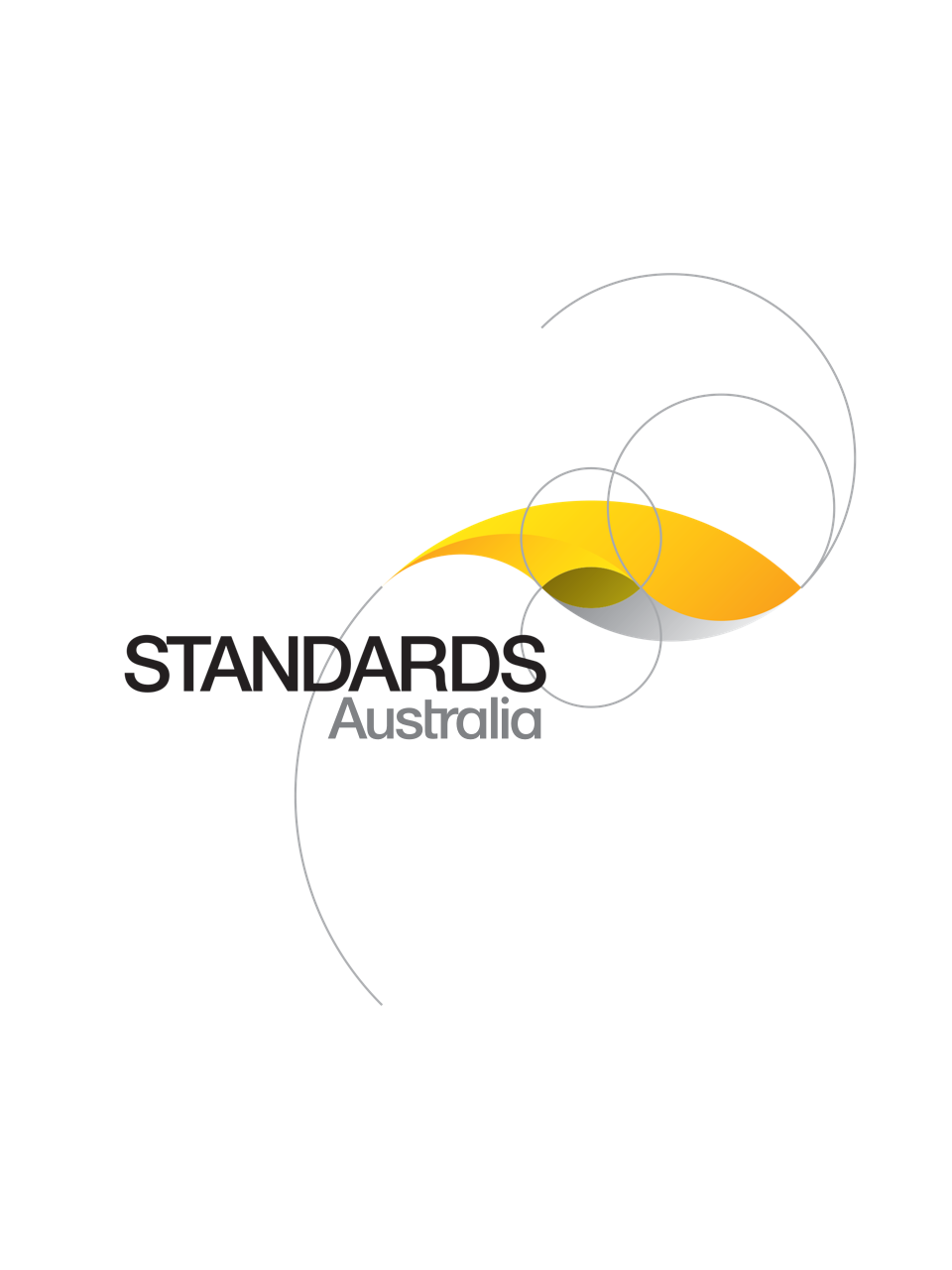Standard
UPDATE AVAILABLE
Track updates
AS 4200.2:2017
[Pending Revision]Pliable building membranes and underlays, Part 2: Installation
Sets out requirements for the installation of pliable building membranes (also known as ‘sarking’ or ‘underlay’), when used either independently or as a facing to other materials, such as insulation materials, for water control, thermal control, vapour control or air control, or a combination of these control functions.
Published: 02/05/2017
Pages: 36
Table of contents
Cited references
Content history
Table of contents
Header
About this publication
Preface
Foreword
1 Scope and general
1.1 Scope
1.2 Application
1.3 Normative references
1.4 Terms and definitions
1.5 [Text deleted.]
2 Design specification requirements
2.1 General
2.2 Vapour control membranes
2.3 Air control membranes (air barriers)
2.4 Water control membranes
2.5 Thermal control membranes
2.6 Allowable use based on duty classifications
3 Installation of pliable building membranes
3.1 Scope of section
3.2 General requirements
3.3 Common requirements for roofs
3.3.1 General
3.3.2 Thermal control membranes
3.3.3 Water control membranes (sarking)
3.3.4 Membrane support systems
3.4 Metal sheet roofing
3.4.1 General
3.4.2 Thermal control membranes under metal roofs
3.4.3 Vapour control and air control
3.5 Tiled roofing
3.5.1 General
3.5.2 Thermal control membrane under tiled roofs
3.5.3 Treatment at eaves
3.5.4 Treatment at valleys
3.5.5 Treatment at ridges
3.6 Ceilings
3.6.1 General
3.6.2 Flat and raked ceilings
3.6.2.1 Direction of lay
3.6.2.2 Thermal control membranes
3.6.2.3 Air and vapour control membranes
3.7 Common requirements for walls
3.7.1 General
3.7.2 Thermal control membrane
3.7.3 Water control membrane
3.8 Framed walls
3.8.1 Timber frame walls
3.8.2 Metal frame walls
3.9 Cavity masonry walls
3.10 Solid masonry/concrete walls, concrete floors and roofs
3.11 Framed floors
3.11.1 General
3.11.2 Position of lay
3.11.3 Thermal control membrane
3.11.4 Vapour control membranes and air control membranes
4 Penetrations
4.1 General
4.2 Thermal control
4.3 Vapour control and air control
4.4 Water control
4.5 Hot flues
4.6 Recessed luminaires
4.7 Windows, roof windows, skylights and doors
Appendix A
A.1 General safety guidance
A.2 Electrical safety
A.2.1 General
A.2.2 Electrical safety—Pliable building membrane on top of ceiling surfaces or ceiling joists and under subfloors
A.2.3 Electrical safety inspection and testing
A.2.4 Identification and marking of unprotected circuits
A.2.5 Installation for unprotected circuits
A.2.6 Post installation
Appendix B
B.1 General
B.2 Where the membrane is to be installed
B.3 The range of service conditions the membrane will be exposed to
B.4 What function(s) the membrane is expected to perform
B.5 How long the membrane is expected to last
B.6 Particular time vulnerabilities of membrane functions
Appendix C
C.1 General
C.2 Moisture issues
C.3 Internal and external moisture
C.4 Mechanisms of moisture movement
C.4.1 General
C.4.2 Surface moisture transfer
C.4.3 Diffusion
C.4.4 Air transfer
C.5 Condensation risk assessments
Bibliography
Amendment control sheetAS 4200.2:2017
Amendment No. 1 (2018)
Revised text
Amendment No. 2 (2021)
Revised text
Cited references in this standard
[Current]
Electrical installations (known as the Australian/New Zealand Wiring Rules)
[Current]
Thermal insulation materials for buildings, Part 1: General criteria and technical provisions
Content history
[Current]
[Current]
[Superseded]
DR AS 4200.2:2015
One-time Purchase
Access via web browser on any device
One-time purchase
Single publication
Offline access via PDF^
$149.01 AUD
Inclusive of GSTFormat *
Web Reader
Licenses *
1 License (for yourself - not shareable)
Total$149.01 AUD
IMPORTANT
